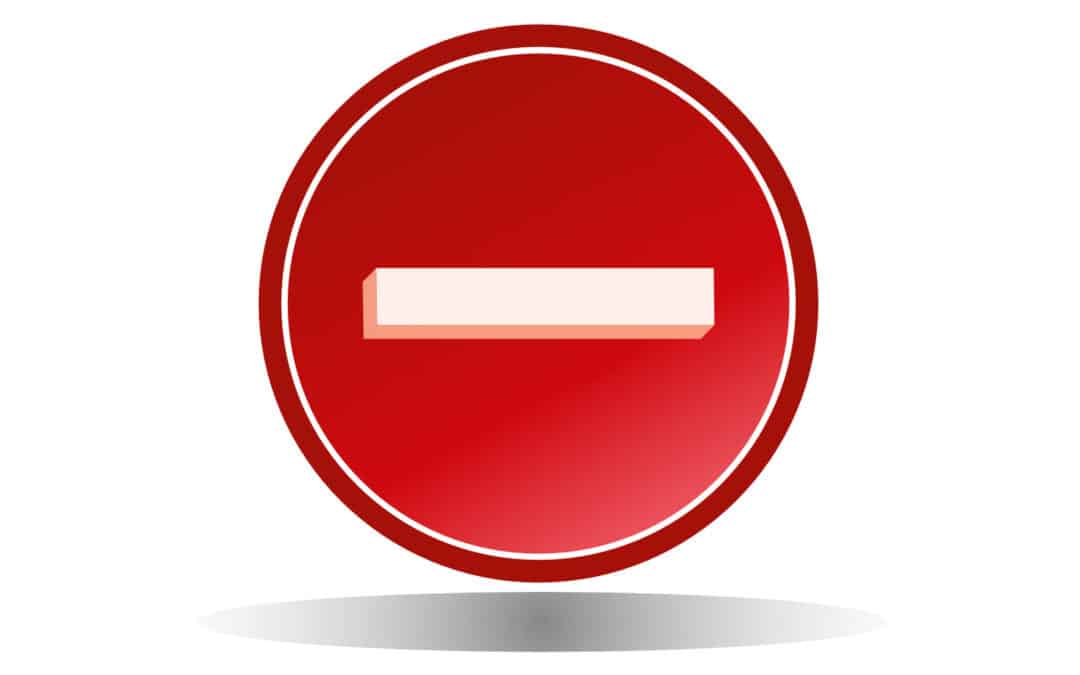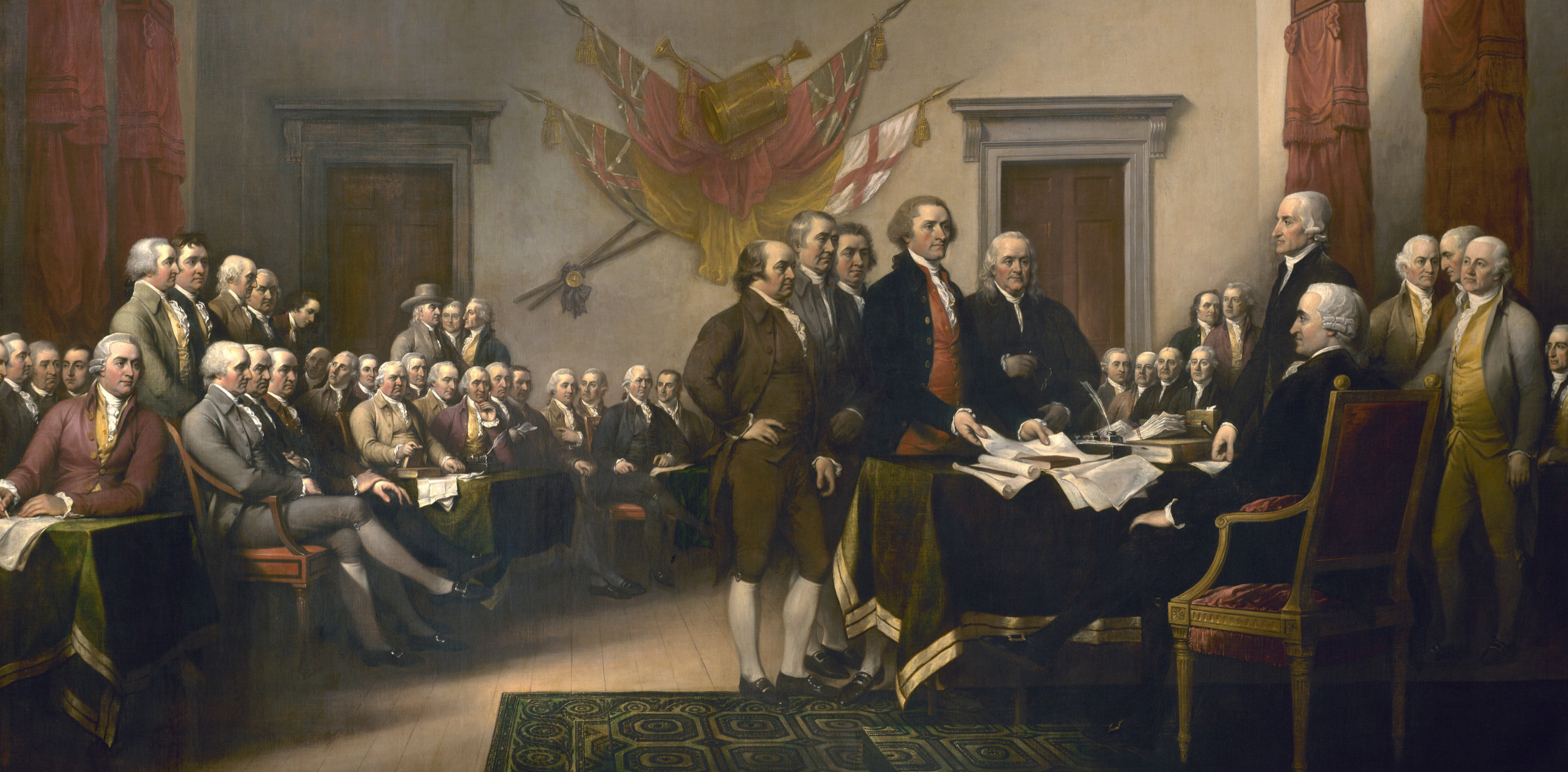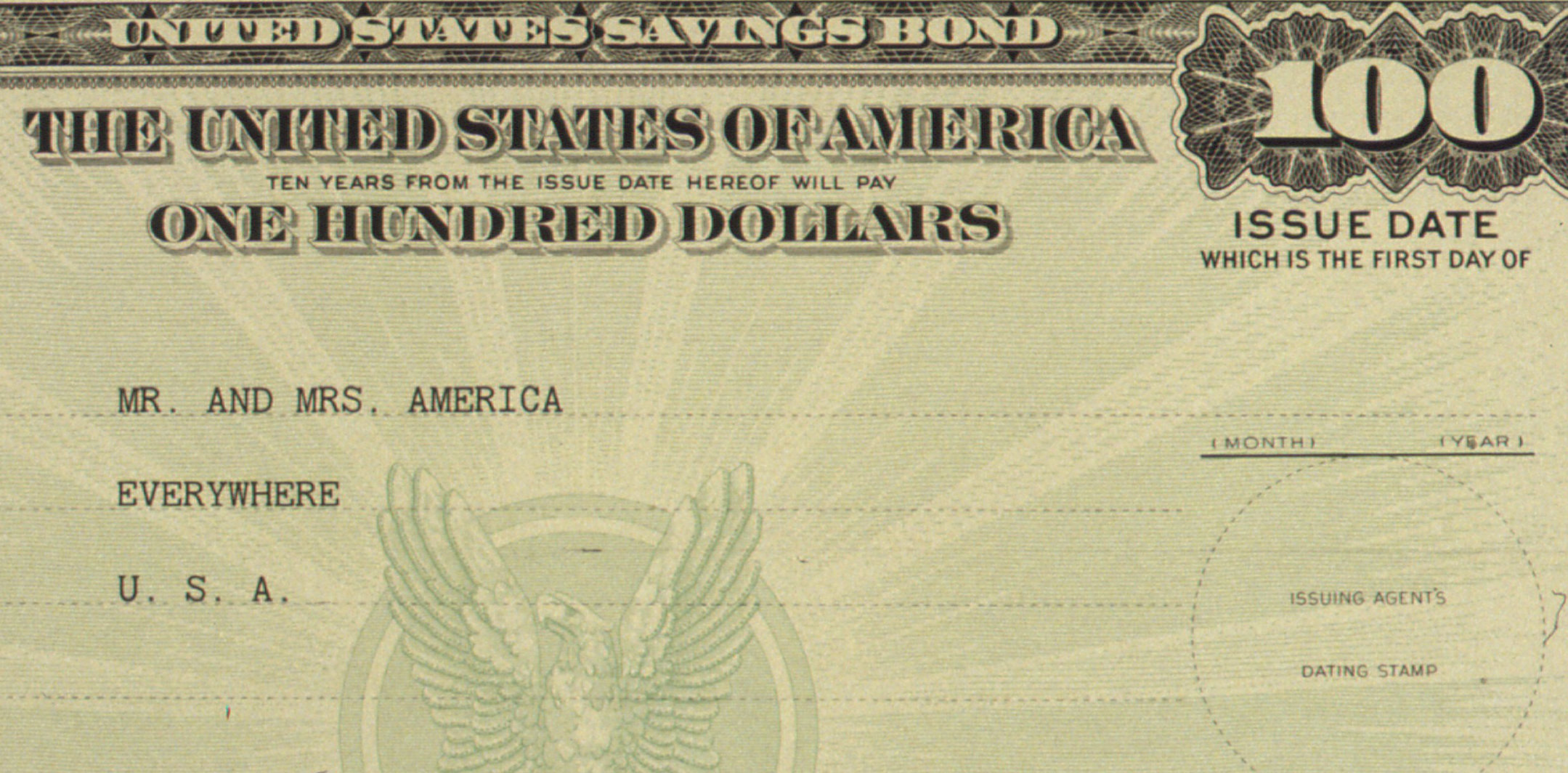
by John | Mar 24, 2018 | Preservation of Purchasing Power, Wealth Protection
The United States is in a negative interest rate environment. Bank accounts essentially pay zero interest but price inflation is at a minimum 2.2%. That is if you believe the CPI.
Source: https://www.bls.gov/news.release/cpi.t05.htm
I don’t know what the actual rate of price inflation is, however, I think it is rather closer to 5% than 2.2%.
If the CPI were calculated the same way it was in 1990 it would be 6%.
Source: http://www.shadowstats.com/

I like to save tweets like this for posterity
The tweetist above is wrong about us not being in a negative interest rate environment. Are nominal interest rates negative? Basic math tells us of course not.
Are real interest rates negative? Definitely. Real interest rates are what matter. If the rate of inflation is greater than the rate of interest paid then real interest rates are negative. This is the situation we find ourselves in.
While we are already in a negative real interest rate environment I do think there is a good chance that we will see overtly negative interest rates in the future in the US. If the Federal Reserve starts buying bonds again, the price of bonds in dollar terms will go up and yields will drop, as anyone who knows anything about bonds knows.
However, bonds are paid in dollars and if the Fed were to restart Quantitative Easing what would that eventually do to consumer prices? Would the market wake up and realize the Fed can never shrink it’s balance sheet? What would that do to the value of the dollars the bonds are claims on?
Buying the 10 year right now would be a winning trade in dollar terms if the Federal Reserve adopts negative interest rates but I think the dollar would tank.
The Fed is raising interest rates. So bond prices naturally fall as yields rise. Does it make sense to buy bonds in a tightening cycle? No.
And if you think everything is fine and you believe the CPI then you wouldn’t want to own bonds anyway since they pay a very small yield relative to the official rate of price inflation.
In my view treasuries are reward free risk and I see no point in owning them.

by John | Jul 4, 2017 | Economic Outlook, Geopolitical Risk Protection, Wealth Protection
In order to grow wealth one does need to live in a society that values personal responsibility, property rights and equal protection under the law. Of course if one is fortunate enough to be born into an elite ruling class or a wealthy family that isn’t necessarily the case.
The United States of America was a country that made more wealthy people than any other up to that point was because the majority of people in the United States, among other things, valued personal responsibility, property rights and equal protection under the law.
It wasn’t because the United States had any special divine right, or “manifest destiny.” There wasn’t anything exceptional about the skin color of it’s residents or that the average person there was exceptionally smart.
There are certain values and principles that enable wealth creation and the United States adopted many of them.
Unfortunately many in the United States no longer hold those values. There is the attitude that the United States is inherently rich. “It’s the richest country in the world!” And that whatever financial decisions the US makes is good because it’s the US.
This nationalistic hubris has resulted in poor decision after poor decision by political leaders and the decline of the wealth of the US. Sure, there are wealthy people in the United States and the average person in the US is much better off than the average (or above average) person in the Somalia. But the debts, the decline in life expectancy (albeit small), the failed and pointless wars in Iraq and Afghanistan, the insolvency of states like Illinois and the collapse of the value of the dollar are all indicative of the decline of the United States.
Spending Like a Drunken Sailor
Both of my parents were in the Navy and exemplars of sobriety, so please forgive the analogy, but the United States has a huge spending problem.
The biggest and most entrenched are: Defense, Social Security, and Medicare.
I quote from Simon Black of Sovereign Man:
…just between those three programs, plus paying interest on the debt, the US government already spends MORE than it collects in tax revenue.
In 2016, for example, the government spent $2.87 trillion on Defense, Social Security, and Medicare, plus an additional $433 billion paying interest on the debt.
That totals over $3.3 trillion, which is more than they collected in tax revenue.
In other words, they could cut EVERYTHING ELSE in government: Homeland Security, national parks, funding for the arts, the Department of Energy. Everything.
And there would still be a budget deficit.
Source: sovereignman.com/
There is no mainstream US politician that discusses cutting defense spending. There is no mainstream US politician that discusses cutting Social Security spending. There is no mainstream US politician that discusses cutting Medicare. Politicians on the American “left” don’t cut defense spending. Politicians on the American “right” don’t cut defense spending.
Independence Day
Many in the United States celebrate Independence Day today. Ostensibly celebrating fireworks, food and America. Originally the celebrating was to commemorate the Declaration of Independence of 13 British colonies.
Dependence on Debt
However, the colonies that would become states that would become the United States have become enslaved to debt. This debt is a problem. A large problem.
The debts owed by the United States certainly won’t be repaid honestly. The United States could default on it’s debt, which would be the honest thing to do, or it could monetize the debt by printing the money the repay the debts. This has and will continue to destroy the dollar.
High taxes and regulations are also a crushing burden on the productive capacity of the United States. Honest productive business that bring valued goods and services to consumers are most hurt by this, while politically connected businesses with powerful friends benefit from unequal enforcement and cronyism.
The United States became an economic superpower because people who created value were rewarded. People who took calculated risks to bring value to others were able to reap the benefits. Capital was allocated not by government ministers or overlords but by private individuals closest to the decisions being made. People worked hard and smart and those that didn’t work hard and smart had to suffer more negative consequences than they do today.
The United States has strayed far from those principles that made it successful but the 4th of July celebration of this country goes on.

by John | Oct 23, 2016 | Preservation of Purchasing Power
I would not buy US treasuries and I don’t understand why there is even a market for them.
I know the Federal Reserve is a big part of the “market”, officially and otherwise, but surely they aren’t 100% of the “market” (yet).
If the Fed isn’t 100% of the market that means someone besides the Fed is still buying treasuries.
I would like to talk to someone who is buying US treasuries and understand WHY they are doing so.
Reward-Free Risk
US debt yields are paltry. As of today the 10 year treasury has a 1.5% coupon. That means if I buy a $100, 10 year treasury, I’ll get $1.5 per year, in two $.75 payments and after ten years I’ll have gotten $15, plus the $100 face amount of the treasury.
Ten year treasuries are trading at a discount rate of $97.89 so if I hold the treasury to maturity, I could gain $17.11 ($1.5 per year times 10, plus $2.11 (difference between the bond price and face value)).
Price from Bloomberg: http://www.bloomberg.com/markets/rates-bonds/government-bonds/us
In other words if I were to purchase a 10 year treasury I’ve loaned the government $97.89 and ten years later the government pays me back $115. While $17.11 isn’t fantastic it looks positive.
The problem is price inflation.
The 2015 consumer price index (CPI) was 1.7%. So using a handy inflation calculator (link below), I know that $115 ten years from now has the same purchasing power as $97.16 in today’s dollars.
Source: http://www.calculator.net/inflation-calculator.html
Basically, I would have loaned the government $97.89 and in ten years they pay me back with the purchasing power of $97.16.
I’ll have lost purchasing power!
When I loan someone money (unless I really like them) I should be compensated for not having access to those funds. I certainly don’t accept being paid back with less valuable money when I make an investment.
Personally, I don’t think the CPI is accurate. I think that price inflation is at least 2%, perhaps even as high as 10% per year. So let’s say prices are rising on average 5% per year.
With a 5% annual price inflation rate, that $97.89 is worth just $70.60 ten years from now, so the ten year treasury lost over $27 in present day purchasing power.
Compound Interest
If you reinvest the bond coupon payments (the $.75 you get every six months) you would start taking advantage of compound interest and the math works out a little better.
The calculations become much more complex but if I were to reinvest the coupon payments, best I can tell is the $97.89 would grow to around $135 after ten years. With a 5% inflation rate the $135 would be less than $83 in today’s dollars so it is still a loser investment. That assumes the 10 year continues to trade at the current price and the coupon stays the same for the treasuries purchased with the reinvested coupons.
If I were to reinvest the coupons and if inflation really was 1.7%, the $135 ten years from now would be around $114 in today’s dollars, so I will have gained purchasing power.
But as I said before I don’t think inflation is that low.
Short Term Treasuries are No Good Either
The 12 month treasury pays no coupon but sells at a discount such that it yields .64% upon maturity. With inflation at 1.7% it is another situation in which a buyer is guaranteed to lose purchasing power if the treasury is held to maturity.
The only way to gain real value with a treasury would be to sell the treasury for more than the purchase price by a wide enough margin to beat the rate of price inflation or to hope that there is significant price deflation.
The Federal Reserve will fight any price deflation that might occur so I don’t think that will work. I also think that bonds are in a bubble, so while right now there might be an ample source of greater fools willing to pay more for a bond than the last person, eventually the only greater fool will be the Fed.
Again, I don’t understand why any rational investor would loan money to the US government in exchange for being paid back with dollars that are less valuable later. It’s the opposite of how the time value of money is supposed to work and it isn’t sustainable.
It’s one of the reasons I think bonds are in a bubble. I’m not the only one who thinks that. Folks much smarter and experienced than I have been saying the same thing.
The takeaway for me is don’t buy US treasuries. They are reward-free risk and there is no place for them in my portfolio.
Disclaimer: The information on this site is provided for discussion and educational purposes only and should not be misconstrued as investment advice. Under no circumstances does this information represent a recommendation to buy or sell securities.




